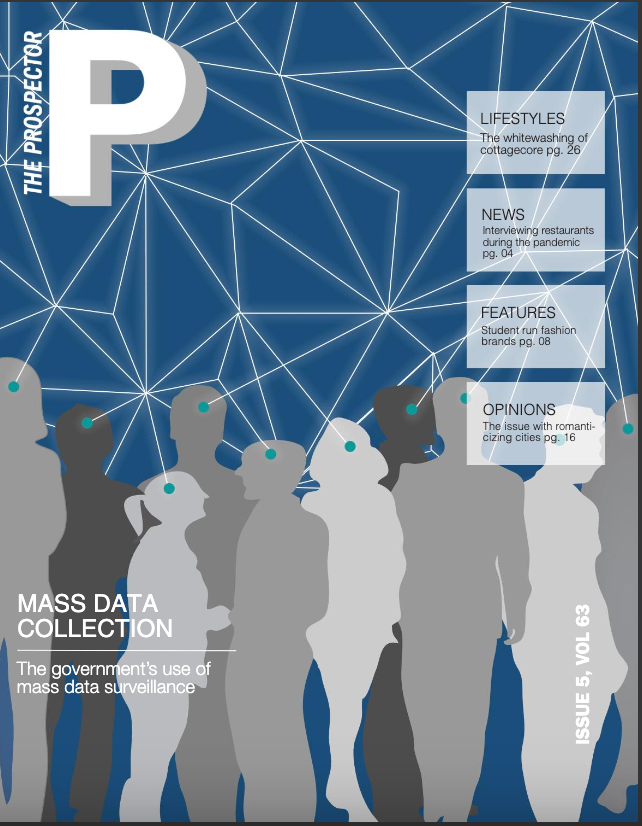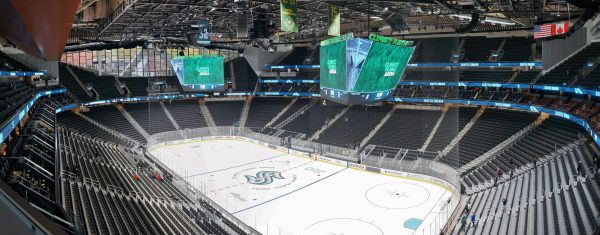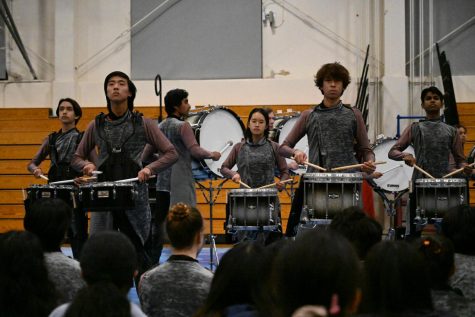Uneven Distribution of Money in Sports
October 6, 2019
Fueled by the competitive nature of sports at Cupertino High School, rumors that individual sports teams are being favored over others have been spreading around the student-athlete population. In particular, the perceived difference between funding received by sports teams, especially with regards to the football team, has been a subject of controversy.
However, James Gilmore, Cupertino High School’s athletic director, says this perception simply isn’t accurate.
“I understand that people think that football gets everything, but that’s really not the case,” stated Gilmore, explaining, “This year, the golf team asked for $1200 to fund the entire team. And there are only nine people on the golf team, so that seems pretty expensive. When you look at football, it probably gets around $10,000. But there are 80 people on the team. […] When you look at the price per athlete, it’s actually pretty comfortable.”
This same belief holds for the cheer team as well, but Darya Abtahi, a team captain, sheds light on the matter.
Said Abtahi, “Cheer itself is about $1300 to get into. That’s generally used for our uniforms, because they are custom fit […], but we are using a lot of out-of-pocket money. […] There’s been a lot of trouble with the cheer budget; […] we struggled a lot for getting money for mats.”
Another belief that students hold is that money spent on uniforms is skewed wildly in favor of the football team. However, Gilmore feels comparing the funding for each team without taking into consideration external factors that contribute to the budget is unfair.
“[For example], tennis doesn’t cost a lot of money to run. And they buy their uniforms themselves. But, it’s also not a contact sport, where uniforms could get beat up. So it’s a shortsighted argument to say that the [football team] gets more money. They probably get the highest amount of money, but they also have the highest number of players. […] To say that the other teams don’t get money is not accurate,” he said.
Chris Oswald, the longtime coach of the football team, adds that most of the team’s funding comes from the efforts of the student-athletes’ fundraising.
Said Oswald, “We easily fundraise about 99 percent. It costs us $15000 just to be a football team. […] We raised $12000 to get new uniforms. […] The kids raised every penny of it. Why do they have great uniforms for homecoming? Because they fundraise for it. […] Our kids have raised […] probably close to $100,000 by now.”
Oswald clears up the misconception that football gets the proceeds from ticket sales.
“Five home games, each of the last two years, it’s over $20000 in profit for ticket sales. Soccer, baseball, softball: not a penny charged to get in. Who pays for the officials? Football does. [Money from ticket sales] goes into the ASB, and football gets none of the money,” he says.
Despite the common misconceptions present throughout the school, it is essential to keep in mind that the budget cannot be compared or viewed without taking into account factors, like sports needs and team size. For a long time, football has been the scapegoat of students’ budget woes, but it is time for everyone to take a step back and evaluate the validity of these rumors.
Oswald remembers, “We saw a picture about seven years ago in the school newspaper, with a football player sitting in a hot tub on the pool deck. And someone was serving his champagne while a swimmer was standing outside. And that is the farthest thing from the truth I have ever seen. […] But that’s the perception in reality, and it sucks.”
























